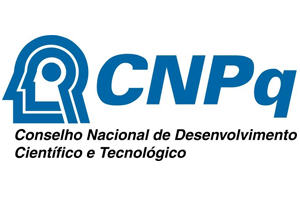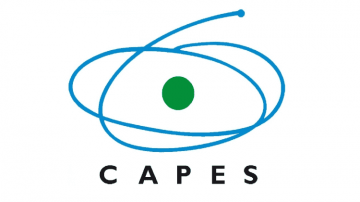Noor Syamsu Komarulloh, Christrijogo Soemartono Waloejo, Prananda Surya Airlangga, Bambang Pujo Semedi, Dhania A. Santosa, Dedi Susila, Belindo Wirabuana, Pricilia Desiree, Ovi Octavia Karamoy
Department of Anesthesiology and Reanimation, Faculty of Medicine, Universitas Airlangga, Dr. Soetomo General Academic Hospital, Surabaya, Indonesia
Moses Glorino Rumambo Pandin
Faculty of Cultural Science, Universitas Airlangga, Surabaya, Indonesia
ABSTRACT
Prostaglandin E2 (PGE2) plays a critical role in the mediation of postoperative pain, with elevated levels contributing to significant discomfort. Inadequate management of postoperative pain after craniotomy can adversely affect patient outcomes. Scalp nerve block (SNB) with ropivacaine as a pre-emptive analgesic has the potential to improve pain management by inhibiting peripheral nociceptive signaling and reducing PGE2 production at the surgical site. This study aimed to evaluate the impact of preemptive SNB with ropivacaine on PGE2 levels and postoperative pain intensity in patients undergoing elective craniotomy. An observationalexperimental study was conducted on 40 patients undergoing elective craniotomy at RSUD Dr. Soetomo between October and November 2023. Participants were randomized into two groups: an SNB group, receiving a 0.5% ropivacaine scalp injection following general anesthesia, and a non-SNB group, receiving only general anesthesia. PGE2 levels were measured at three time points: preoperatively, 6 hours post-incision, and 24 hours postoperatively. Pain intensity was assessed using the Critical-Care Pain Observation Tool (CPOT) score 24 hours post-surgery. The SNB group demonstrated significantly lower PGE2 levels at 6 hours post-incision compared to the non-SNB group [100.82 (71.38–426.49) pg/mL vs. 194.98 (72.38–542.49) pg/mL; p = 0.009]. Additionally, the SNB group exhibited significantly lower CPOT scores 24 hours postoperatively [1 (0–3) vs. 2 (0–3); p = 0.017]. However, no significant correlation was observed between PGE2 levels and CPOT scores at any time point. PGE2 levels at 24 hours postoperatively remained elevated in both groups, irrespective of pain intensity. In conclusion, preemptive administration of SNB with ropivacaine effectively reduces the early postoperative increase in PGE2 levels and alleviates pain intensity for up to 24 hours following craniotomy. These findings underscore the utility of SNB as a valuable strategy for optimizing postoperative pain management in neurosurgical patients.
Keywords: Scalp Nerve Block, Pre-Emptive Analgesia, Ropivacaine, Craniotomy, PGE2, Pain Intensity, CPOT.




